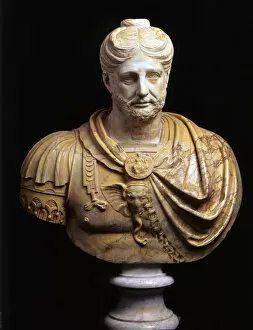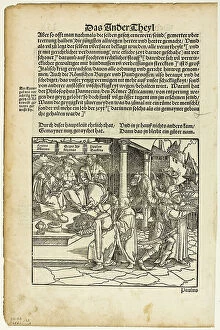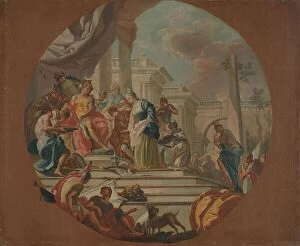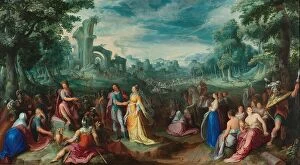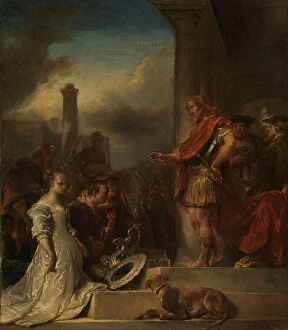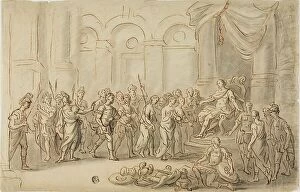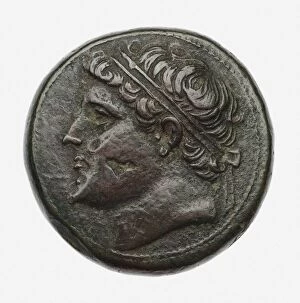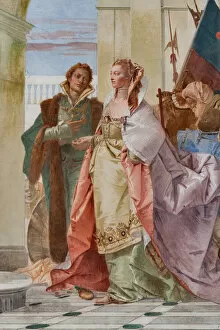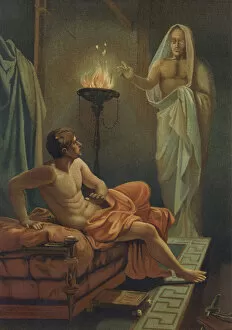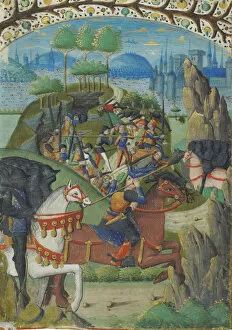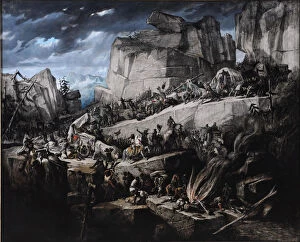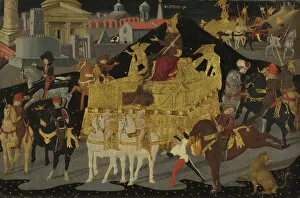Scipio Africanus Collection
Scipio Africanus, the renowned Roman general, is a figure deeply intertwined with the history of ancient Rome
All Professionally Made to Order for Quick Shipping
Scipio Africanus, the renowned Roman general, is a figure deeply intertwined with the history of ancient Rome. His name echoes through time as one of the greatest military strategists and conquerors of his era. As we delve into Scipio's story, we come across various artifacts that shed light on his encounters with his formidable adversary, Hannibal Barca. A bust of Hannibal Barca reminds us of their epic clash during the Second Punic War, where these two brilliant minds faced off in a battle for supremacy. Coins from Carthage and Syracuse further illustrate this historical narrative. On one side, we see Hannibal himself depicted on a coin alongside an elephant – symbolizing his famous use of these majestic creatures in warfare. On another coin, Hiero II of Syracuse stands as a witness to this grand conflict. The Fight between Scipio Africanus and Hannibal immortalized by Cesari captures the intensity and drama that unfolded on the battlefield centuries ago. This artwork vividly portrays their struggle for dominance amidst chaos and bloodshed. Moving forward in time, Johannes Meursius and Willem van der Beke present us with architectural marvels showcasing Scipio's triumphal arch adorned with allegorical figures celebrating his victories over Carthage. In Sebastiano Ricci's masterpiece "The Continence of Scipio, " we witness not only his military prowess but also his moral character as he displays self-control when presented with captured women after victory. The Magnanimity frescoes depict Scipio's noble spirit resonating even centuries later; they serve as a testament to his enduring legacy within Roman society. Lastly, an ancient denarius bearing Scipio Africanus' image serves as a tangible reminder of how he was revered by Romans long after his death - forever etched into their collective memory. Scipio Africanus remains an indomitable figure whose strategic brilliance shaped Rome's destiny.

